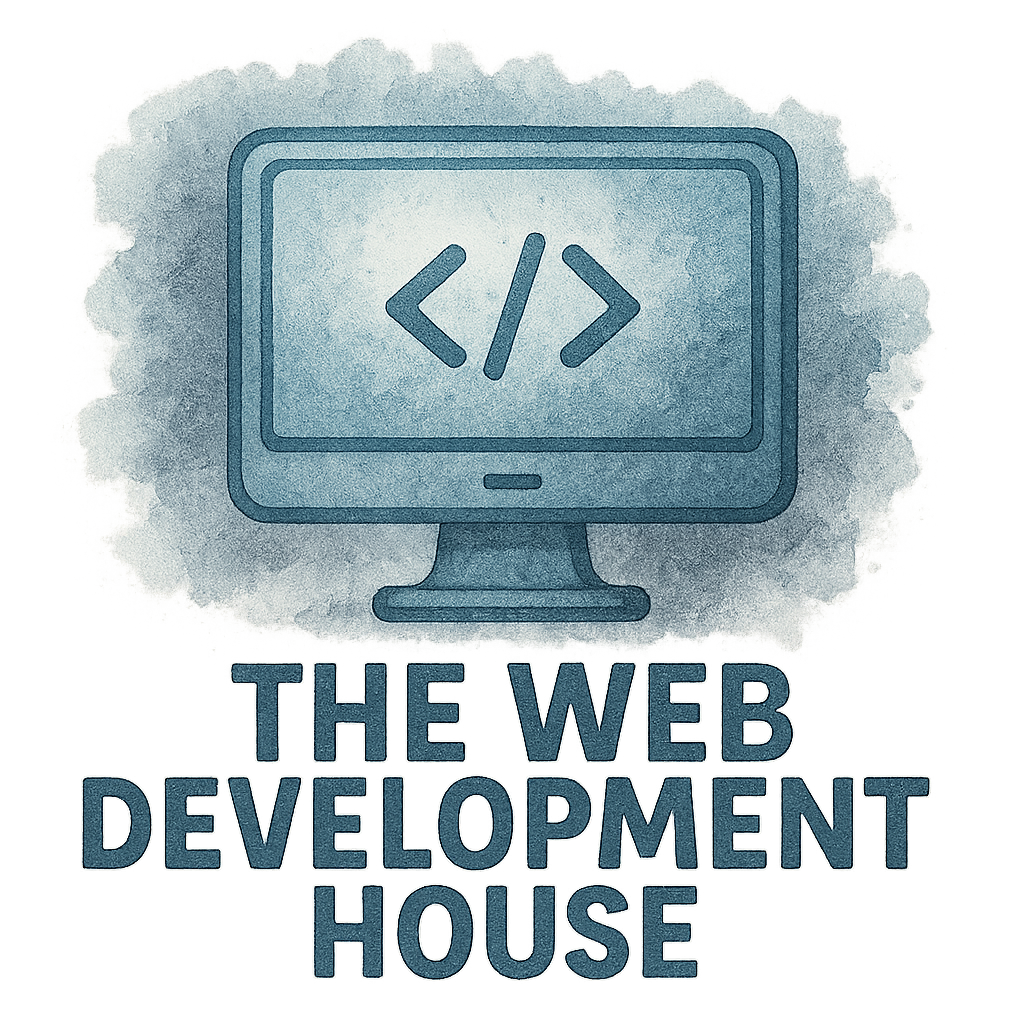Introduction to JavaScript for Web Development
If you’re stepping into the world of coding, one of the very first names you’ll hear is JavaScript. And for good reason—it’s the backbone of interactivity on the web. Whether you want to build sleek websites, dynamic applications, or even mobile apps, JavaScript is the skill that opens doors.
Why Learning JavaScript is Essential
JavaScript as the Language of the Web
Think of websites as houses: HTML is the structure, CSS is the paint, and JavaScript is the electricity that brings everything to life. Without JavaScript, a website would feel static and dull.
Opportunities for Beginners
The best part? JavaScript is beginner-friendly, and once you learn the basics, you’ll see results fast. If you’re dreaming of careers in web development or mobile development, this language is your entry ticket.
1. Variables and Data Types in JavaScript
Declaring Variables with let, const, and var
Variables are like storage boxes where you keep information. In modern JavaScript, let and const are preferred. Use let for values that can change and const for values that shouldn’t.
Primitive Data Types You Must Know
The core data types include numbers, strings, booleans, null, undefined, and symbols. These are the building blocks of every program.
2. JavaScript Operators
Arithmetic, Comparison, and Logical Operators
Operators are tools that let you calculate, compare, or make decisions. For example, + adds, === checks equality, and && ensures multiple conditions are true.
Assignment Operators in Practice
An assignment operator (=) puts a value inside a variable. Compound operators like += or -= make updates easier.
3. Conditional Statements
Using if, else if, and else
Conditional statements let you control the flow of your code. If this happens, do that—otherwise, do something else.
Switch Statements for Multiple Conditions
When you’re dealing with multiple options, switch statements make your code cleaner and easier to read.
4. Functions in JavaScript
Function Declarations vs Expressions
Functions are reusable blocks of code. You can write them as declarations or assign them to variables as expressions.
Arrow Functions Explained Simply
Arrow functions (=>) are a cleaner way to write functions. They’re especially useful in modern ES6+ code.
5. Loops and Iteration
For and While Loops
Loops allow you to repeat tasks automatically. Whether you want to print numbers 1 to 10 or go through a list, loops save time.
for…of and for…in Loops
These special loops make it easy to work with arrays and objects.

6. Arrays in JavaScript
Array Methods Every Beginner Should Learn
Arrays hold lists of items. Common methods include push(), pop(), map(), and filter().
Iterating Through Arrays
Using loops or built-in methods, you can go through each item in an array to perform actions.
7. Objects in JavaScript
Object Properties and Methods
Objects let you group data and functions together. Think of them like a dictionary with keys and values.
Nested Objects and Accessing Values
Objects can contain other objects. Accessing them might look like object.person.name.
8. DOM Manipulation
Selecting Elements in the DOM
With methods like getElementById() or querySelector(), you can grab HTML elements and work with them.
Changing Content and Styles Dynamically
Want to change a headline or color with a click? JavaScript makes that magic happen.
9. Events in JavaScript
Event Listeners and Handlers
Events let your website respond to user actions—clicks, keypresses, or form submissions.
Common Events to Practice
Start with onclick, onmouseover, and onsubmit to see immediate results.
10. Introduction to ES6+ Features
Template Literals
Instead of messy string concatenation, you can now use backticks () and placeholders ${}` to create cleaner strings.
Destructuring and Spread Operator
Destructuring lets you unpack values from arrays or objects. The spread operator (...) makes copying or combining easier.
How JavaScript Powers Web Development
Role in Frontend Development
Every interactive element you see on a website—sliders, animations, pop-ups—runs on JavaScript.
Role in Backend Development
With Node.js, JavaScript is no longer limited to browsers. You can run full servers using this language.
Best Practices for Beginners in JavaScript
Writing Clean and Readable Code
Use meaningful variable names, proper indentation, and comments. This isn’t just about style—it saves headaches later.
Avoiding Common Mistakes
Don’t forget const vs let, avoid global variables, and always test your code.
Connecting JavaScript Learning to Web Development Careers
Opportunities in Startups and Tech Houses
Many startups and development houses thrive on JavaScript. From project management to company culture, learning it gives you career flexibility.
How UI/UX and JavaScript Work Together
Great UI/UX design combined with JavaScript creates seamless user experiences. It’s the perfect partnership between design and functionality.
Conclusion
Mastering these 10 beginner JavaScript concepts to learn web development is like building a strong foundation for your coding journey. With practice, you’ll not only understand the syntax but also start creating interactive and professional websites. And remember—every expert once started as a beginner like you.
FAQs
- What’s the best way to practice JavaScript as a beginner?
Start small. Build a calculator, a to-do app, or a simple game. The more you code, the faster you learn. - How long does it take to learn JavaScript?
With consistent practice, beginners can grasp the basics in a few months. Mastery takes longer, but steady progress is key. - Do I need to know HTML and CSS before JavaScript?
Yes, since JavaScript works hand-in-hand with HTML and CSS to make websites interactive. - What’s the difference between JavaScript and Java?
Despite the similar names, they’re completely different languages. JavaScript is mainly for web development, while Java is used for a wider range of applications. - Is JavaScript enough to get a job?
It can be, especially when paired with frameworks like React or Node.js. Many entry-level developer roles look for strong JavaScript skills. - What are some common mistakes beginners make in JavaScript?
Overusing global variables, mixing up == and ===, and not debugging code properly are frequent issues. - Where can I find reliable resources to keep learning?
Check out guides on best practices, features, and productivity at The WD House.

